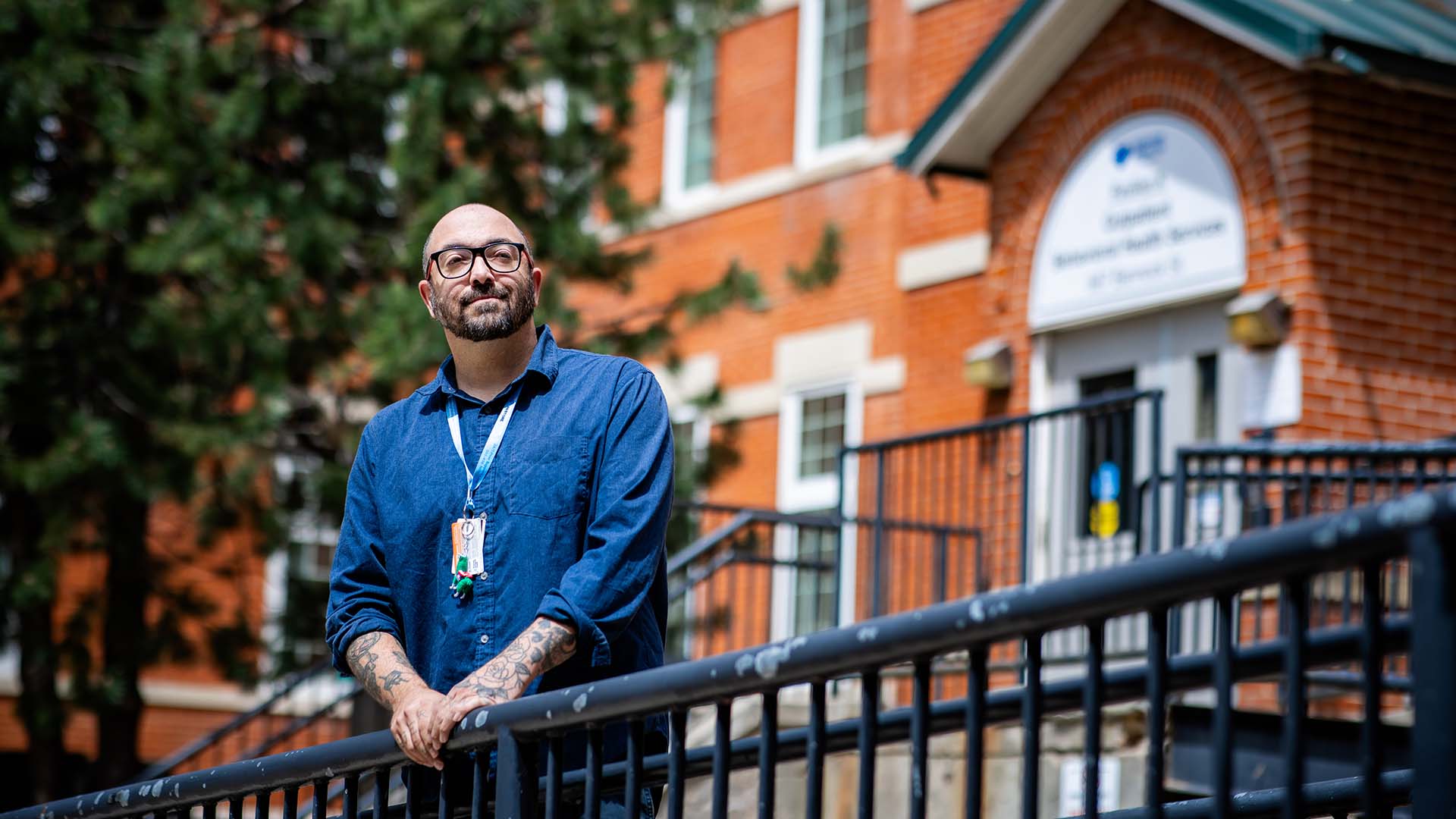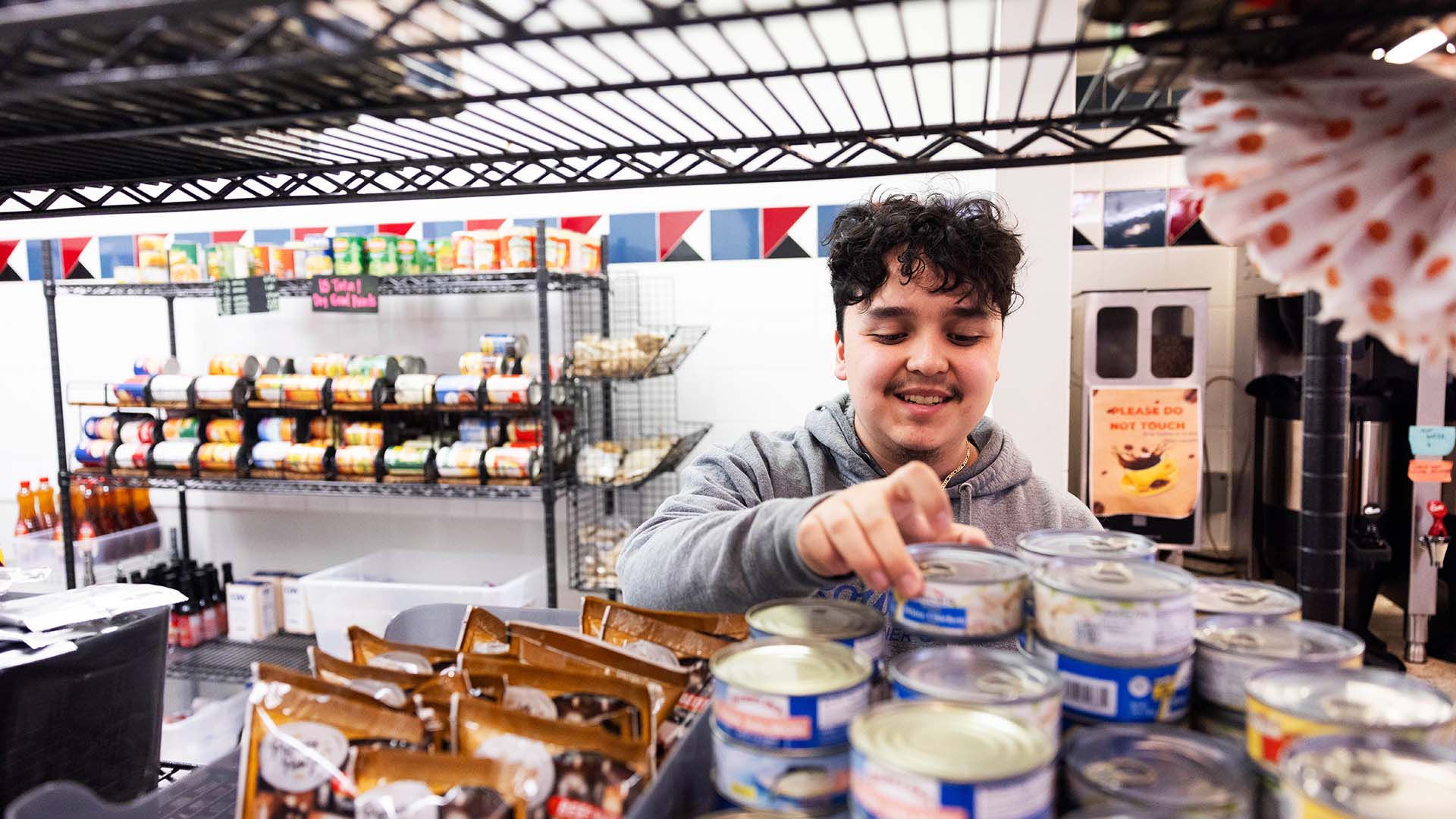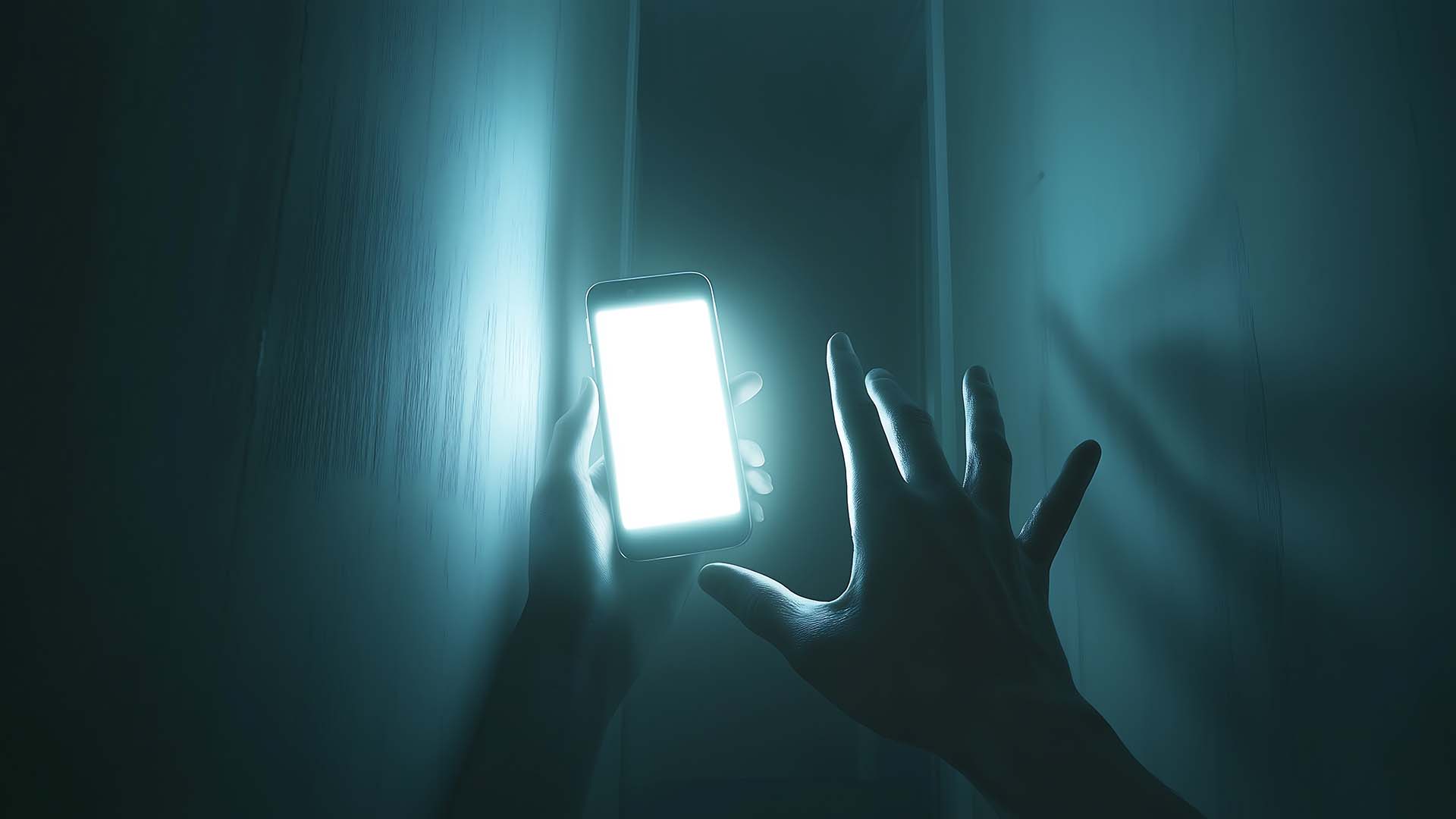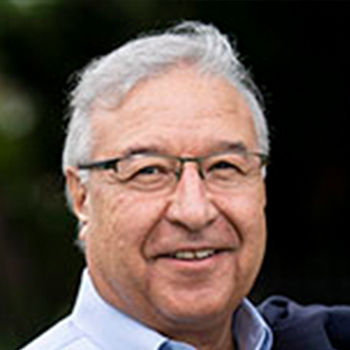Tools of resilience
The COVID-19 pandemic and systemic racism aren’t just creating fresh trauma for people of color; they’re also causing past traumas experienced by older generations to resurface. Here are tested tools PTSD experts deploy for dealing with traumas new and old.

For Annie Redmond, the legacy of trauma wrought by systemic racism is historic and personal.
When cellphone video showing the killing of George Floyd by Minneapolis police officers surfaced at the end of May, it triggered a long-buried trauma for the 86-year-old historian and trauma expert: the 1951 slaying of her uncle.
Redmond was 17 in spring 1951 when her uncle James McCoy was accused of making inappropriate contact with a white woman and shot in the back by his employer in South Carolina. She still vividly recalls sitting by his bed in a hospital intensive-care unit, listening to him struggle to breathe until he died. Every time another young black man is slain, this trauma is triggered.
“I was born 70 years after slavery ended. In reflection, the wounds and scars of my parents and grandparents were present in my early childhood. I carry them still,” said Redmond, who is pictured above. “Those memories have been a burden and a blessing. The residual effects of my trauma made it difficult for me to accept being mistreated, but I have also been strengthened in my experiences.”
Redmond is a 1975 graduate of what was then Metropolitan State College of Denver, where she earned a B.A. in sociology. Her education on generational and racial trauma spans her eight-plus decades of personal experience, where she learned at an early age that she would be treated differently based on her skin color. She recorded her experience with racial traumas to educate her children, grandchildren and great-grandchildren, including daughter Carol Covington, a co-author on this story who is studying how art can be used to cope with trauma through Metropolitan State Univerisity of Denver’s Individual Degree Program.
The tools of resilience used by people of color experiencing post-traumatic stress disorder from systemic racism have been strengthened by the passage of time through experiences such as hers, Redmond said. But the trauma being created and renewed by the current racial unrest is unlike anything she has experienced, in part because it is coupled with the new trauma associated with the COVID-19 pandemic.
“I inherited a boldness and determination from my ancestors that has given me the ability to stay positive when there was no reason to do so,” she said. “I hope that I have given my children and their children the same steadfastness they will need to make their lives the best that they can be.”
Coping with new and generational trauma is a lifelong endeavor, and being able to confront the fear and pain it causes requires various tools and forms, according to PTSD experts at Metropolitan State University of Denver. It’s not easily treated, and there is no pill or quick fix for lifetimes of trauma. What took a lifetime to create takes a lifetime to treat.
PTSD is a psychiatric disorder that can occur in people who have experienced or witnessed a traumatic event such as a natural disaster, a serious accident, a terrorist act, war/combat, rape or other violent personal assault, according to the American Psychiatric Association.
For those who have experienced trauma or are dealing with the generational trauma of racial disparities, poverty, violence and/or scarcity, the killing of Floyd and the subsequent protests for racial justice may add to existing PTSD symptoms. There is no beginning or end for this generational trauma, and those experiencing it have a reactive response to trauma that is always on, creating many layers of trauma that can be overwhelming, Redmond said.
Meanwhile, the COVID-19 pandemic may cause a response in people with PTSD that triggers the fear of losing loved ones, dying themselves or simply the unknown, said Brian Bagwell, Psy.D., a professor in MSU Denver’s Department of Human Services and coordinator of its Fire and Emergency Response Administration program. Following a 20-year career as a firefighter and paramedic, Bagwell spent time providing psychological care to the New York City Police Department following the 9/11 terror attacks. In his work at MSU Denver, he teaches a course on trauma and resilience.
Lines of people at stores hoarding basic necessities such as food and toilet paper increases the anxiety a person may feel if they are unable to stock up on these supplies. Increasing death tolls, social distancing and economic peril contribute to PTSD symptoms that may cause an inability to cope, leading a person to unhealthy substance abuse, violence or self-harm, according to the APA.
“The COVID-19 pandemic and the external elements may trigger the compound and complex impact on those with PTSD,” Bagwell said. “The variables are out of our control, and how you modify your life will determine the degree of how it affects you.”
Step away from the news and social-media outlets where the triggering barrage of violence is more graphic, he suggested. At the same time, reconnecting with your support network of family and friends can also help those experiencing PTSD symptoms.
“It’s critical in this time to find comfort in loved ones and stay connected,” he said. “If you’re in therapy, stick with it.”
With many therapists shifting sessions online to stem the spread of COVID-19, care is readily available to those with internet access. Likewise, talking with people who have suffered from similar traumas can be an ongoing treatment that helps to alleviate anxiety.
Another tool to address PTSD symptoms is meditation, which can calm the mind from unsettling memories, said Anahi Russo Garrido, Ph.D., an assistant professor in gender, women’s and sexuality studies at MSU Denver.
In her Meditation and Activism class, Garrido teaches different forms of meditation to allow individuals to confront and deal with PTSD symptoms and manage stress. She believes that using meditation and activism help to empower people who have suffered from traumatic experiences by offering methods to use the negative for a positive outcome.
“As one engages with difficult, infuriating, painful and long-term historical issues that require all our attention and time, it’s key to make space for contemplative moments,” she said. “Meditation can be a tool that offers this space.”
Meditation can provide time to grieve and sit with one’s feelings, she said. It can also provide clarity to reenergize and keep going, Garrido said. That can allow a person the chance to make decisions with intention instead of acting out of fear.
Redmond offers one more tool of resilience for people of color experiencing generational and new trauma during these tumultuous times: faith that there is going to be a change.
This summer’s call to action for racial justice is one she heard and heeded during the civil-rights movement of the 1960s and political positioning of the Black Panther Party. But the situation is different now, and the movement is different this time.
“This is something totally different,” she said. “People on every corner of the world are standing up and saying, ‘Enough is enough.’”
The AHEC Counseling Center offers services to help combat post-traumatic stress disorder, such as crisis intervention, individual counseling, support groups, addiction services and a free online assessment. The Counseling Center also offers a list of mental-health apps to help keep track of PTSD symptoms and learn methods of managing treatment.







